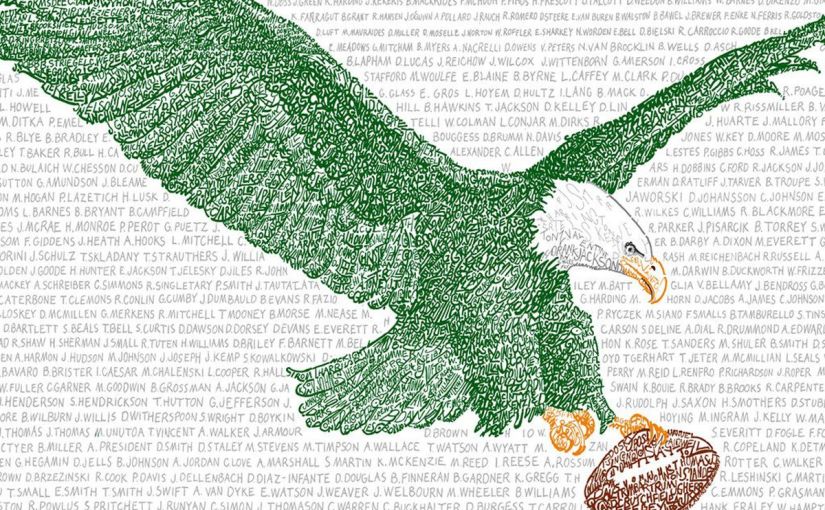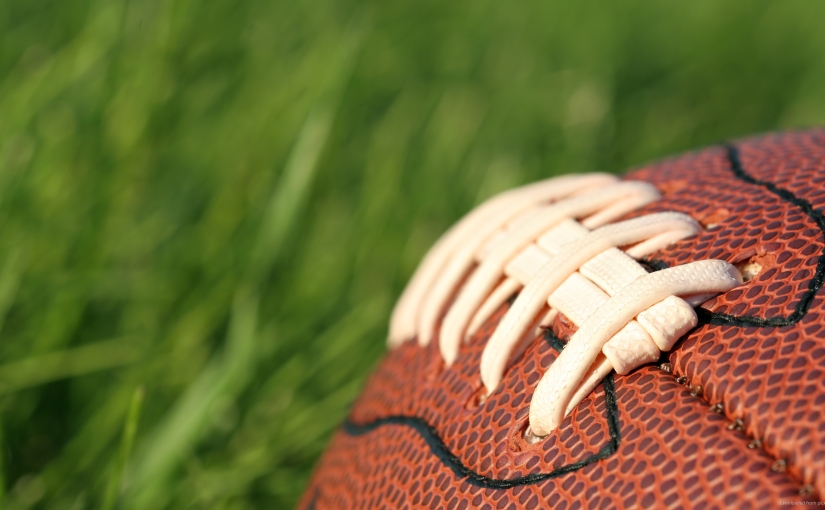Criticized for our enthusiastic fandom surrounding The Philadelphia Eagles, we do not apologize for supporting such a deserving and dedicated team.
Without a strong fan base, a football team is just that- a football team. I’m proud to live in a place that is able to unite for a common love and interest. It’s inspiring to support a team that stays determined when faced with difficult obstacles, continually thanks their fans, and WINS!
As a city, we may get a little rowdy, a little loud and a little proud, but we’ve waited years for this opportunity.
I think that as a community of believers, we have earned the right to publicly celebrate our team whom is recognized for their underdog story, because we have followed along this journey for years.
Admittedly, I’m not someone who follows football regularly, and although I am genuinely excited for the Superbowl, I think I’m more excited for the players, the coaches, and their families, the die hard fans and everyone else who bleeds green.
It’s no secret that Philadelphia sports teams have struggled in recent years, and it was devastatingly disappointing when Carson Wentz was injured mid-season when their was a beacon of light pointing towards our spot in the Superbowl, but the Eagles didn’t give up.
Nick Foles wasn’t expected to lead us to victory, but he sure did in true fashion, and will continue to deliver on Sunday in Minneapolis as we take on the New England Patriots.
As a Philadelphia native, it was incredibly disappointing to read an article from Philadelphia Magazine that rendered their was ‘white privilege‘ regarding the celebrations following our winning of the NFC Championship.
In today’s society where everyone is perceiving actions and statements differently, it’s sometimes difficult have a united front. But when it comes to sports and a city that wants nothing but to celebrate their teams success, it’s upsetting that people can believe it has anything to do with something so controversial.
We live in such a diverse city where sports is an almost universal language. We celebrated that Sunday as a team, as a city, and as one. No questions asked.
After all, we are the City of Brotherly Love.
A friend of mine compiled a video of clips front the celebrations following the winning of the NFC Championship that went viral and I am more than pleased to share it here:
The anticipation continues to rise as we’re another day closer to winning the Superbowl and we sure are thrilled to watch those Eagles fly.
GO BIRDS!

